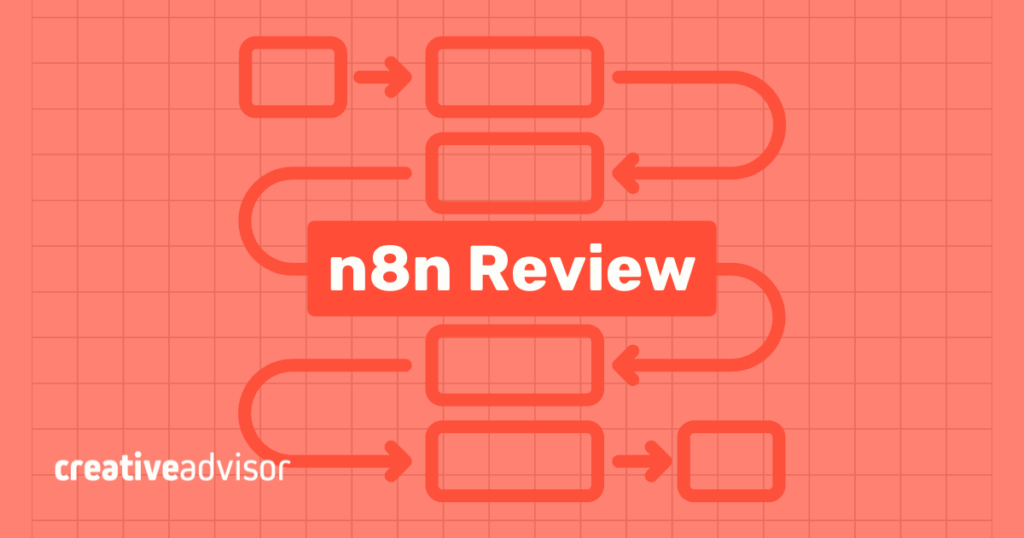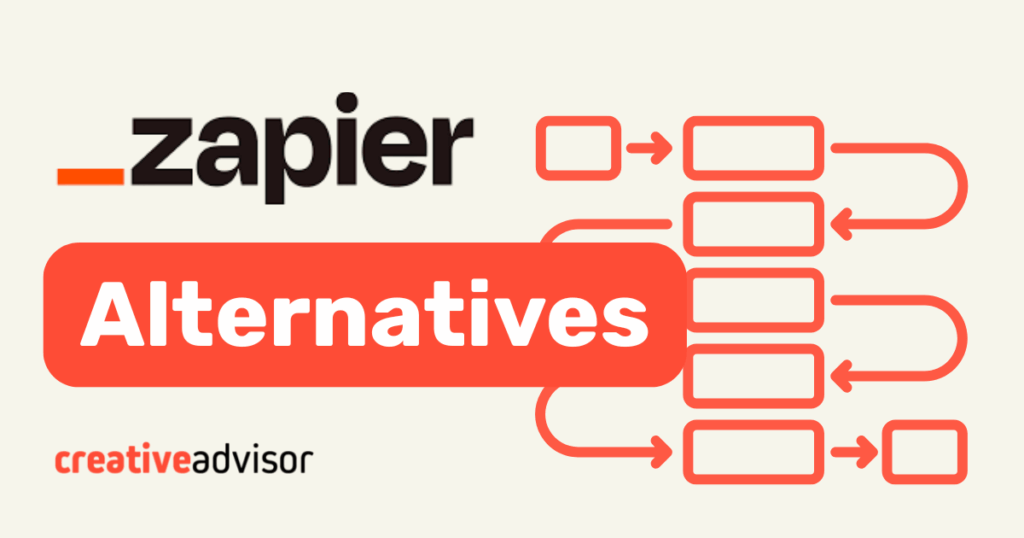Low-code workflow automation has become one of the most practical ways for teams to improve operations without relying fully on engineering resources. Companies want faster processes, fewer manual tasks, and a way to connect the tools they use every day. Low-code platforms solve this by pairing visual builders with small amounts of optional code. The result is a system that allows you to automate complexity without starting from scratch.
This guide explains what low-code automation is, how it works, the type of workflows it supports, and the criteria that matter when choosing a platform. If you want a clear look at the category and what it can do for your business, this is a good place to start.
What Is low-code workflow automation
Low-code workflow automation is a method for building automated processes using a mix of visual tools and lightweight code. The visual builder handles the majority of the workflow logic. Code steps are available when you need more control, custom logic, or direct access to an API.
This model is popular because it gives teams flexibility without forcing them to code every part of a workflow. A marketing manager can build a lead routing flow, a RevOps team can automate quote approvals, and an analyst can connect internal dashboards to real-time data. Engineering can still step in when a workflow needs something more advanced.
Low-code is often compared to two related categories:
- No-code automation. These tools remove all scripting and focus on simple, template-driven workflows. They are easier to use, but they become limiting when you need branching logic, custom API calls, or complex data handling.
- Pro-code automation. This involves writing full scripts, managing infrastructure, and maintaining custom systems. It offers complete control but requires engineering time and ongoing maintenance.
Low-code sits in the middle. It offers more power than no-code tools while remaining accessible to teams that do not want to build everything through engineering.
How low-code workflow automation works
Low-code platforms follow a consistent structure across vendors. The interface may look different from tool to tool, but the underlying concepts rarely change.
Triggers
A trigger is what starts a workflow.
Common options include:
- An event inside a SaaS tool
- A webhook fired by another service
- A scheduled time or cron pattern
- A form submission or database change
Triggers tell the workflow when to run and what initial data to work with.
Logic layer and conditions
Once the workflow begins, the logic layer decides what should happen with the data. This is where low-code tools show their strength.
Typical elements inside this layer include:
- Field mapping
- If and else conditionals
- Branching logic
- Loops
- Human-in-the-loop approval steps
- Code modules written in JavaScript or Python
The logic layer is where you define how the workflow behaves in different situations.
Actions and integrations
Actions are the operations a workflow performs inside other tools.
Examples include:
- Creating or updating CRM records
- Enriching data through external APIs
- Writing to a database
- Sending notifications
- Updating spreadsheets
- Posting to messaging tools
Low-code platforms normally support a mix of native integrations and custom API calls. This allows the workflow to connect with both common SaaS tools and internal systems.
Monitoring and governance
Once a workflow is deployed, you need a way to track what it is doing.
Most platforms include:
- Run logs
- Error messages
- Version control
- Retry rules
- Access controls
- Audit trails
These features help teams keep workflows stable and maintain oversight as the number of automations grows.
Our featured partners
Low-code vs no-code vs pro-code
Choosing the right approach depends on the complexity of your processes and the skills within your team.
| Approach | Who it’s for | Complexity supported | Flexibility | Maintenance | Best for |
|---|---|---|---|---|---|
| No-code | Non-technical teams | Simple workflows | Limited | Low | Fast setup, simple automation |
| Low-code | Ops, IT, analysts | Medium to high | High | Moderate | Cross-system workflows with branching and API calls |
| Pro-code | Engineering | Unlimited | Very high | High | Custom logic, internal systems, unique processes |
Use low-code when your team wants to automate real business workflows but outgrows what basic templates can support. Use pro-code when you are building something unique that requires full control. Use no-code when the process is simple and predictable.
What you can build with low-code automation
Low-code automation works across almost every department because it connects data, logic, and tools in one place. These are some common examples.
Operations and RevOps
- Lead routing
- Quote to cash workflows
- Internal approvals
- Hand-offs between sales, support, and billing
- Data enrichment for CRM entries
Finance and accounting
- Invoice ingestion
- Expense review and approval loops
- Bank reconciliation workflows
- Vendor onboarding
- Document matching and validation
Marketing
- Multi-step nurture sequences
- Data syncs across platforms
- Attribution workflow updates
- Campaign reporting automation
Support and customer experience
- Ticket routing
- SLA tracking
- Escalation rules
- Customer feedback classification
- Case hand-offs
Low-Code workflow examples
These examples show what low-code automation looks like in practice.
⚡ Workflow Automation Platform
Visual representation of drag-and-drop workflow builders
Example 1: Lead qualification and routing workflow
How this workflow works:
- Trigger: A new lead is created inside the CRM.
- Logic: Enrich fields, check company size, calculate lead score.
- Actions: Assign the lead, send a Slack alert, update a marketing list.
⚡ Workflow Automation Platform
Visual representation of drag-and-drop workflow builders
Example 2: Invoice automation workflow
How this workflow works:
- Trigger: An invoice arrives by email or is uploaded to storage
- Logic: Extract key fields, validate totals, match with internal records
- Actions: Create a record in the accounting system, notify the finance team
This removes repetitive data entry and lowers the chance of human error.
⚡ Workflow Automation Platform
Visual representation of drag-and-drop workflow builders
Example 3: Support escalation workflow
How this workflow works:
- Trigger: A new ticket is marked as high priority
- Logic: Check response time, evaluate customer tier
- Actions: Escalate to a manager, post to the incident channel, update the status
How to evaluate low-code platforms
There are meaningful differences between tools. These are the areas that matter most.
Integrations
- Depth of API actions
- Field level control
- Two way syncing
- Webhook reliability
- Ability to build custom connectors
Usability
- Visual builder
- Code steps when needed
- Version control
- Team sharing
- Scheduling options
- Error handling tools
Pricing
Low-code platforms price based on usage.
- How often the workflow runs
- Whether polling or events are used
- How many steps are inside the workflow
- How much data is being processed
Security and compliance
- SOC 2 or ISO 27001 certification
- SSO, 2FA, and role-based access control
- Data residency options
- Audit logs for change management
Support and community
- Quality of documentation
- Size of the user community
- Template availability
- Access to live support
Reliability
- Uptime and historical performance
- Workflow execution guarantees
- Webhook delivery stability
- Error rates and retry behavior
- Audit logs for failed runs
- Scalability under heavy load
How to choose the right approach for your business
Low-code works best when you want flexibility without building an entire automation system in-house. Use it when you need branching logic, multiple systems working together, or workflows that include human review.
No-code is fine for simple tasks. Pro-code is necessary when you are building something unique or want complete ownership over the logic and infrastructure.
A good rule of thumb is this: use low-code when the workflow is important, repeatable, and too complex for a basic template but not important enough to justify an engineering project.
Frequently asked questions
Is low-code automation secure?
Yes. Most modern platforms support enterprise-grade security, including encryption, audit logs, and SSO.
Do I need to know how to code?
Not necessarily. Most workflows can be built visually. Code steps are optional and used only when needed.
Is low-code the same as workflow automation?
Low-code is a method for building automations. Workflow automation is the broader category.
How much does low-code automation cost?
Pricing depends on usage. Vendors charge by tasks, operations, or executions. Costs rise as workflows run more frequently.
Can low-code handle enterprise workflows?
Yes, as long as the platform supports governance, permissions, and reliable integrations.







